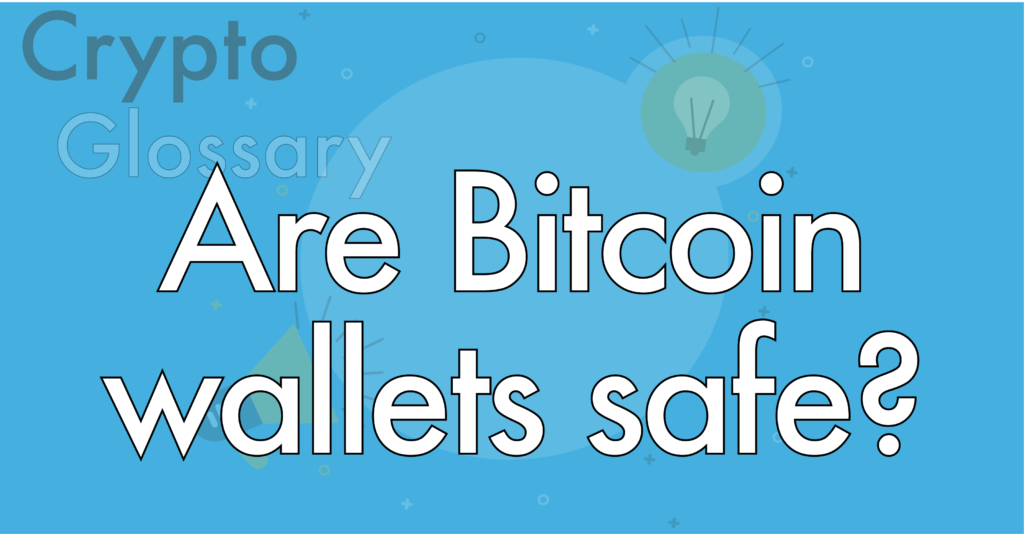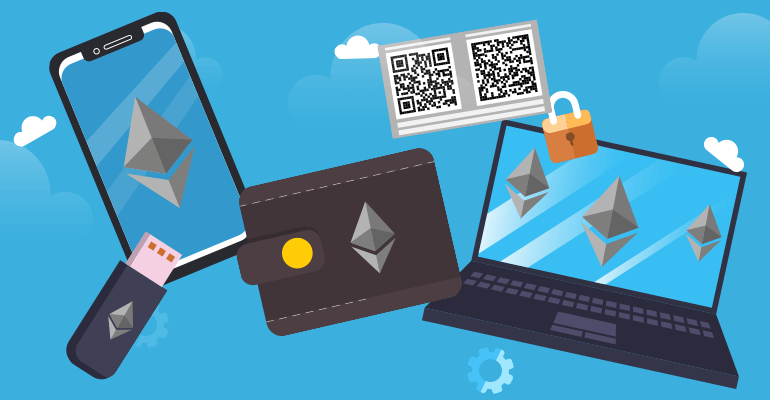QR Code
A QR code in the context of cryptocurrency is a two-dimensional barcode. It encodes information typically used for fast and secure transactions. In the crypto world, these QR codes often contain a wallet address to which crypto can be sent/received.
What is a QR Code?
A QR (Quick Response) code is a type of barcode that can be scanned by smartphones or other devices. It looks like a square filled with a pattern of black and white squares. It can store various types of information, including text, URLs, and even cryptocurrency wallet addresses.
Cryptocurrency addresses are long and complicated strings of letters and numbers. QR codes make it super easy to send or receive cryptocurrency:
- Sending: You can display a QR code of your wallet address. The sender simply scans the code, and their wallet software fills in the address automatically.
- Receiving: You can generate a QR code that includes the amount of crypto you want to receive, streamlining the payment process.
How QR Help Improve Security
QR codes enhance security in cryptocurrency transactions in several ways, and they mitigate various risks associated with manual processes in addition to crypto attacks:
- Error Reduction: Manually typing a wallet address increases the risk of errors, which can lead to funds being irretrievably sent to the wrong address. A QR code, when scanned, inputs the address automatically, eliminating this risk.
- Phishing Scam Prevention: By using a QR code, you can be more certain that the address hasn’t been tampered with. Typing an address you received via email or messaging exposes you to the risk of phishing scams where a fraudster might provide a false address. A QR code generated from a trusted source minimizes this risk.
- Reduced Exposure to Keyloggers: Manual entry of wallet addresses or even private keys (in some cases) can be intercepted by malware such as keyloggers. Scanning a QR code bypasses the need for typing, thus reducing this vulnerability.
- Clipboard Hijacking: Some malware can replace a wallet address copied to the clipboard with the attacker’s address. If you’re copying and pasting addresses, you might not notice this switch. A QR code avoids the use of the clipboard altogether.
- Spoofing Attacks: When receiving an address via unsecured channels like email or social media, there’s a risk of address spoofing or phishing. QR codes, especially when obtained from secure and trusted sources, greatly reduce this risk.
- Address Poisoning Attacks: QR codes help avoid address poisoning attacks by securely encoding wallet addresses, eliminating the need for manual typing, and reducing the risk of accidentally copying and using tampered or fraudulent addresses.
Final Thoughts
While QR codes significantly enhance security, they are not foolproof.
Users must ensure that the QR code is generated or provided by a trusted and verified source. A QR code itself can be maliciously altered to contain a fraudulent address.
Therefore, it’s always a good practice to verify the authenticity of the QR code, especially when dealing with large transactions or unfamiliar parties.
Browse the Paybis Glossary to master more web3 lingo!
Alternatively, explore related terms and articles below.
Disclaimer: Don’t invest unless you’re prepared to lose all the money you invest. This is a high‑risk investment and you should not expect to be protected if something goes wrong. Take 2 mins to learn more at: https://go.payb.is/FCA-Info


